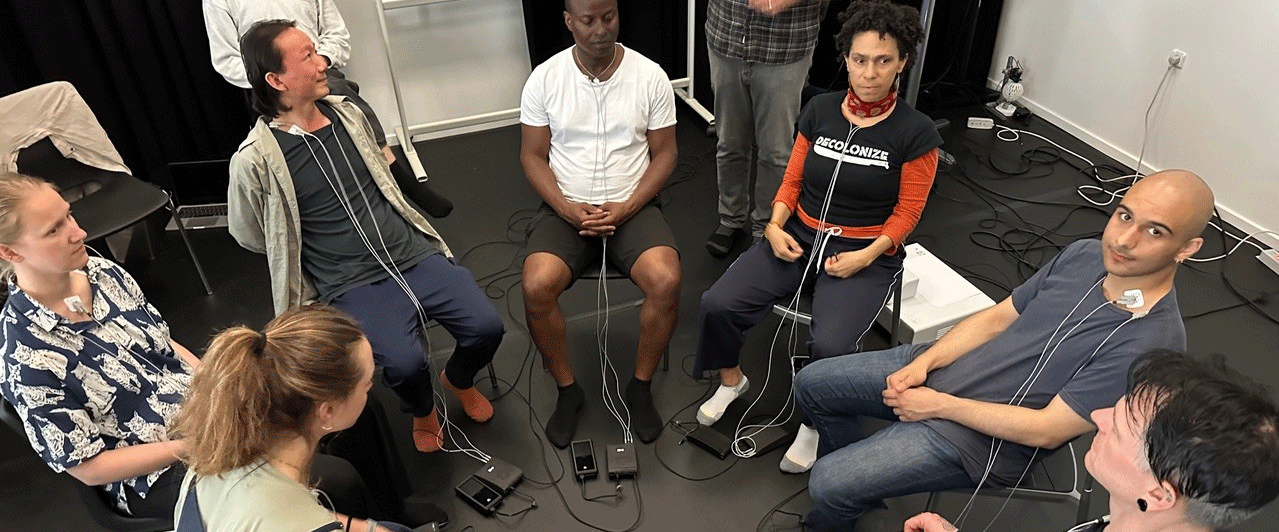Overview
The Augmented Performance Lab is linked directly to the Sound and Music Computing (SMC) graduate education. As control and expressiveness in performance are related to perceived emotion and meaning, a primary focus is to enhance gestural control of live performance methods using new instruments and interfaces.
Research Areas
The laboratory consists of three areas – Making, Moving & Hearing – which investigate technological, cultural, and artistic projects with both national and international partners. APL’s technical equipment captures, analyses, processes, and displays real-time human performances with augmented/hybrid musical instruments, tangible interfaces, reactive surfaces, and 3D spatial interaction.
Applications
- Areas of Application:
- Applying such new technologies is possible in a variety of areas, such as professional music production and performance, music education, the media arts, therapy, and rehabilitation.
- Research Topics:
- Research topics include those related to New Interfaces for Musical Expression (NIME), Active Acoustics, Sound Mixing and Spatialization, and evaluation of user/audience experience with augmented instruments.
Equipment and Facilities
The Augmented Performance Lab includes three main areas:
- Moving Space: An interaction area with space for gestural performance research with motion capture equipment, custom interfaces, and instruments.
- Making Space: Includes a variety of custom-designed and built augmented musical instruments, and electronics and fabrication equipment to design and create future concepts.
- Hearing Space: An area for sound capture and reproduction, including sound spatialisation equipment with many high-quality loudspeakers, and an anechoic chamber for acoustic measurements and research.
All lab equipment is placed in a flexible environment that allows a wide variety of experiments to be conducted.
